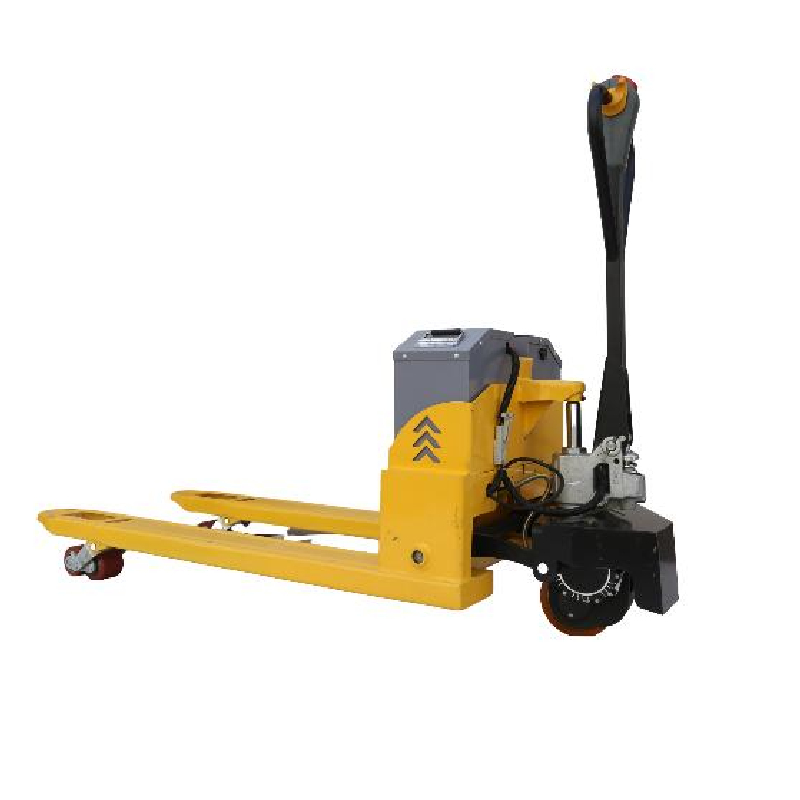


Understanding Crane Scales A Deep Dive into 3-Ton Capacity Models
In the industrial landscape, the efficient and safe movement of heavy loads is paramount. One tool that facilitates this process is the crane scale, particularly the 3-ton capacity model, which has gained prominence in various sectors including construction, manufacturing, and shipping. Understanding how these devices function, their features, and their applications is essential for both operators and management teams aiming for optimal performance.
What is a Crane Scale?
A crane scale is a specialized weighing device that can be suspended from a crane or other lifting equipment to measure the weight of suspended loads. Unlike traditional floor scales, crane scales allow operators to weigh items that cannot be placed on the ground, providing essential information for load management and safety protocols. The 3-ton crane scale, with its capacity to weigh up to 6,000 pounds, is particularly versatile, finding a place in warehouses, factories, and construction sites.
Features of 3-Ton Crane Scales
Modern crane scales come equipped with features that enhance their usability and accuracy
. Here are some common characteristics found in 3-ton crane scales1. Digital Display Most contemporary crane scales have a digital display that shows the weight of the load in real-time. This feature allows for quick reading and reduces the risk of human error that may occur with analog scales.
2. Wireless Technology Some models utilize wireless technology to transmit weight data to a remote display or a connected device. This enhancement allows operators to observe weight measurements from a safe distance, improving workplace safety.
3. Durable Construction Given their use in industrial environments, 3-ton crane scales are typically built with robust materials that can withstand harsh conditions, including exposure to dust, moisture, and extreme temperatures.
4. Calibration Options The accuracy of measurements is critical; therefore, many crane scales include calibration options that enable users to ensure the device is functioning correctly. Regular calibration is essential for maintaining safety and compliance with industry standards.

5. Safety Features Many models include overload protection to prevent damage to the scale and accidents that could occur from lifting weights that exceed the scale's capacity. This feature is crucial for maintaining safety in the workplace.
Applications of 3-Ton Crane Scales
The applications of 3-ton crane scales are vast, reflecting the diverse needs of different industries
- Construction In construction sites, accurate weight measurement is vital for ensuring that cranes and other lifting equipment operate within their safe load limits. The 3-ton crane scale is ideal for lifting materials such as steel beams, concrete blocks, and heavy machinery.
- Manufacturing In manufacturing plants, crane scales assist in the movement and weighing of heavy machinery parts. Ensuring that these components meet weight specifications is crucial for quality control and operational efficiency.
- Shipping and Logistics In the shipping industry, crane scales play a critical role in determining the weight of cargo before it is loaded onto vessels. Accurate weight measurements facilitate compliance with shipping regulations, helping companies avoid penalties for overloading.
- Warehousing Warehouses often use crane scales to weigh bulk items either for inventory management or before shipping. The ease of weighing large loads can help streamline operations, making logistics more efficient.
Conclusion
3-ton crane scales are an invaluable asset in a variety of industrial settings, offering reliability and safety when handling heavy loads. With advanced features and a range of applications, these scales contribute significantly to operational efficiency, safety, and compliance. As industries continue to evolve, the demand for innovative weighing solutions like the 3-ton crane scale will only increase, underscoring the importance of investing in the right tools for effective load management.
By understanding the functionality and applications of crane scales, operators can ensure that they are using this equipment to its fullest potential, ultimately leading to safer and more efficient workplace environments.



